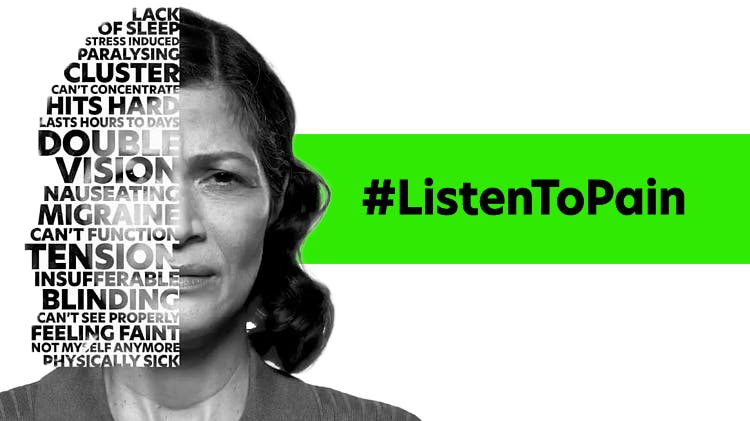The anatomy of the back and spine is quite complex, and problems with any of these structures can cause back pain. The four regions of the spine include the cervical spine (upper back), thoracic spine (middle back), lumbar spine and sacrum & coccyx (low or lower back). The key parts of the spine and back include vertebrae, the spinal cord, intervertebral discs, ligaments, tendons, and muscles. All of these structures work together to support our bodies.1
Back pain can result from a range of condition classifications, including:2
- Traumatic injuries, e.g. injuries resulting from a fall, car accident or overactivity
- Degenerative conditions, e.g. disk herniation
- Oncologic conditions, e.g. spinal tumors
- Inflammatory conditions, e.g. spinal arthritis
- Metabolic conditions, e.g. osteoporosis and osteosclerosis
- Referred pain, e.g. organ inflammation caused by lung disease
- Postural conditions, e.g. pregnancy and occupational-related pain
- Congenital conditions, e.g. congenital scoliosis and spina bifida
- Psychiatric conditions, e.g. chronic pain syndromes
In addition to the causes of back pain, back pain can be further categorized by duration:1
- Acute back pain happens suddenly and usually lasts a few days to a few weeks
- Subacute back pain can come on suddenly or over time and lasts 4 to 12 weeks
- Chronic back pain may come on quickly or slowly, lasts longer than 12 weeks and occurs daily
Healthcare professionals should carry out thorough physical examination including a comprehensive review of the patient’s medical history (including family medical history and occupational history) to determine the cause of a patient’s back pain. These measures should help to identify key details like when the back pain began, as well as what tends to provoke and/or alleviate the pain. Details assist in the development of a patient-centered pain management and/or treatment plan beyond helping healthcare professionals work towards a proper diagnosis.







